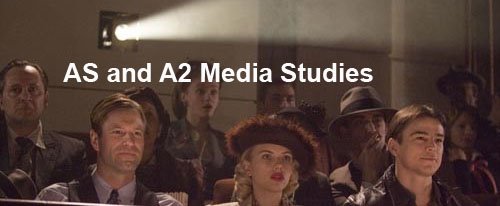Post modern texts usually have something serious to say about themes and issues in our lives by setting these texts either in the present or in the recent or distant past. When we look at a "Banksy" there is a serious issue underlying each piece of his humorous, "guerilla art" which often ironically subverts figures of status, institutions, hypcritical attitudes towards morality, and so forth. He does this to foster more democratic attitudes and a questioning attitude towards authority figures and coventional ideas in our time.
Historical fiction texts, set in the recent and distant past, also have something to say about issues and themes that resonate and matter for us today - but are so often buried under the welter of our every-day lives that it is difficult for us to see them as clearly as might. "Mad Men" offers us an opportunity to examine how the following themes and issues were represented in the early 1960s: sexism, misogyny, drinking, smoking and drug-taking, early mass consumerism, various forms of love, homophobia, masculinity, femininity, racism, dubious family values, our responses to fads, fashions and social trends, ambition, identity, loneliness and, of course, alienation and how this affected society then and affects us today. No doubt, there are others.
An important way to examine the idea of "alienation" in Mad Men would be to focus on Don Draper's estrangement from his wife and family and his attitude towards his office. He is not the only character estranged in this way but he is the main protagonist. Consider alienation in the context of Don's identity and how he has "become someone else" and what this does to his way of seeing himself and others. Don's representation of masculinity is another way to explore his "alienation" from home and how he views himself in at his workplace, Sterling Cooper.
Much of this text's purpose is to make us think about how our society responds to issues and themes like these today. And it is presented at a pace which imitates the pace and rhythm of programmes from the early 1960s.





